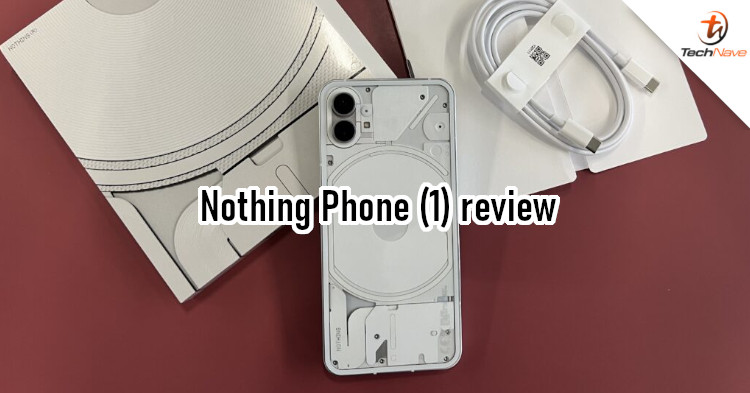
Last year, Nothing made a name for itself with the launch of its eye-catching Nothing Ear (1) true wireless earphones. This year, it finally launched its first smartphone. When it comes to the most eye-catching new mobile phones, the Nothing Phone (1) would certainly be one of them.
However, what makes this phone's design so unique, and what special functions does it have? To answer some of those questions, read on for our review below!
Design - Simple yet eye-catching
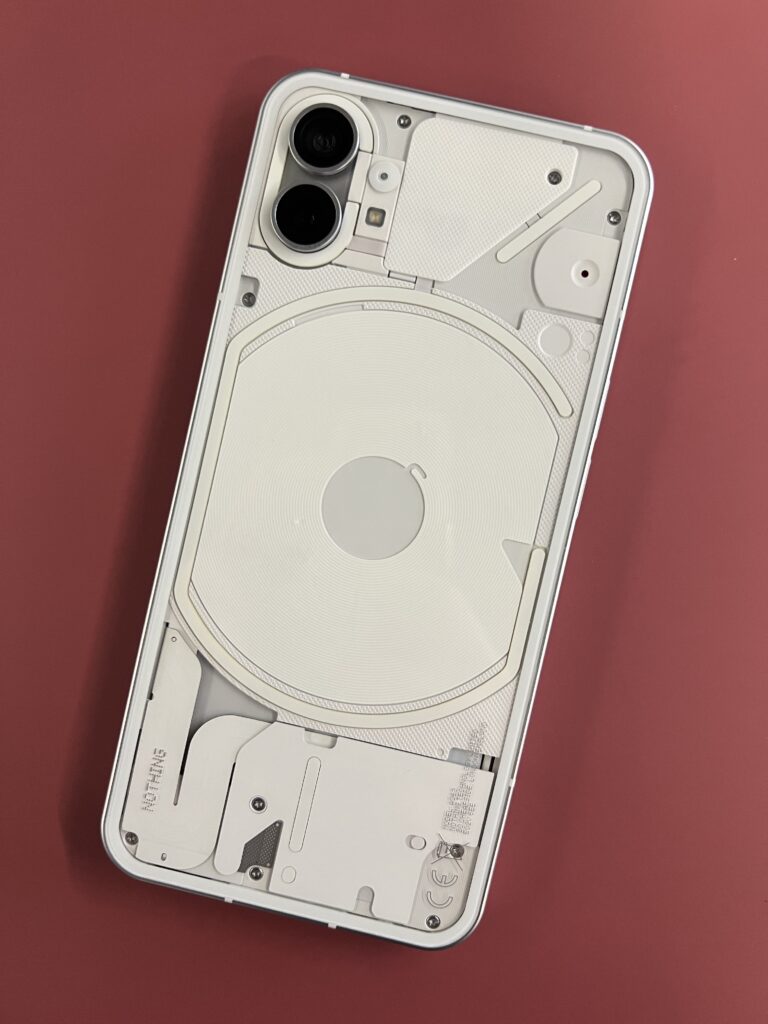
The flat sides and large round cameras remind us of newer iPhones
The review unit we received was the white-coloured variant of the Nothing Phone (1). Its biggest feature is the transparent back and the Glyph Interface, which comprises of 900 LEDs that create the most eye-catching light effects. It's pretty cool, not gonna lie.
In terms of overall appearance, the Nothing Phone (1) really reminds us of the iPhone at first glance. It's a popular smartphone design in recent months - straight-sides, rounded corners, and a pill-shaped power button. Same for the volume buttons on the left. The most striking part is the large round dual camera placed vertically on the back, which is also flat.
You'll also see the wireless charging coil and Glyph lights on the back. Honestly, this looks like an iPhone 12 with a transparent MagSafe case. If this is a design you like, you'll love this phone.
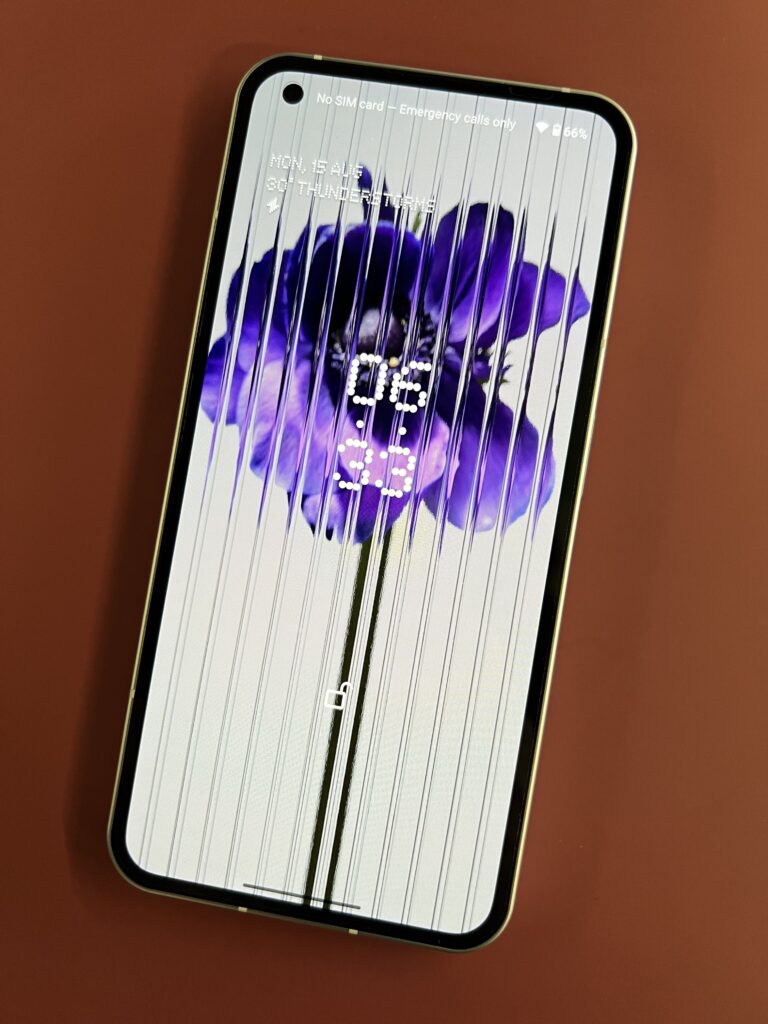
It features a 6.55-inch FHD+ OLED screen with a 120Hz refresh rate
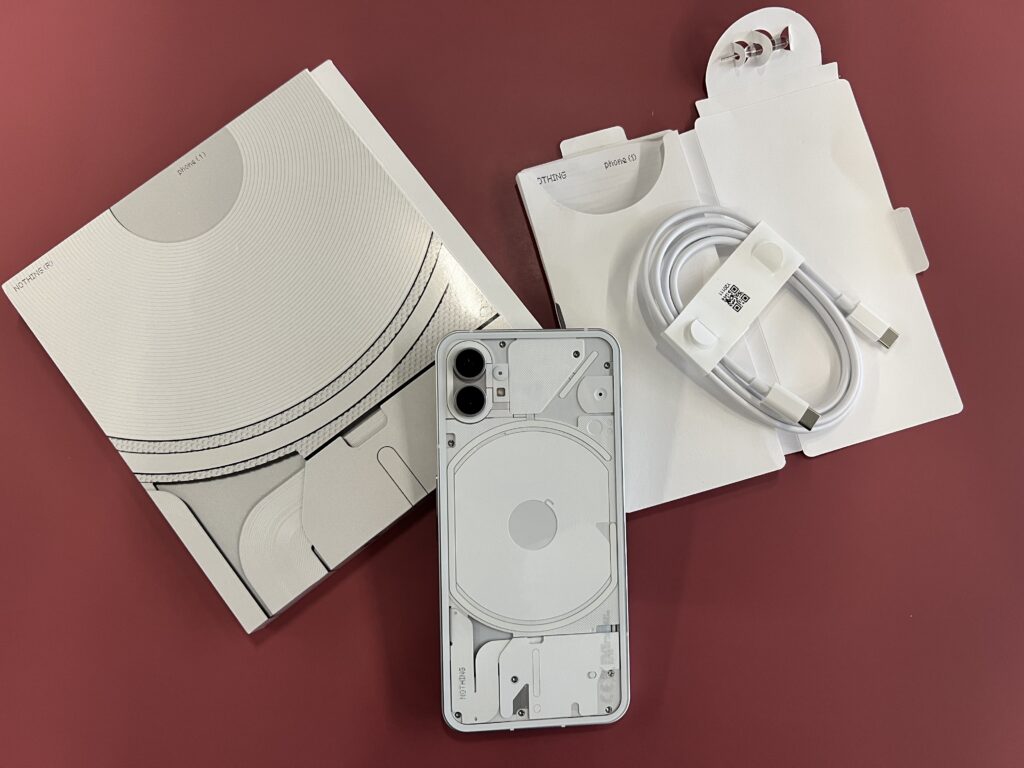
Only the phone, USB-C cable, and basic documents are in the box
The device comes with a 6.55-inch OLED screen that supports HDR10+, a refresh rate of up to 120Hz, and can render up to 1 billion different colours. At 700 nits, its max brightness level isn't too bad. On the topic of screens, there's an under-display fingerprint reader, which is slowly becoming the norm.
Although it looks thin and light, the dimensions of the Nothing Phone (1) are 159.2×75.8×8.3mm. It's a mid-sized phone that is also about average at 193.5g. What's great is that it packs a 6.55-inch screen that makes watching videos enjoyable. The square body also feels good to hold. On the flip side, the size does make one-handed operations difficult.
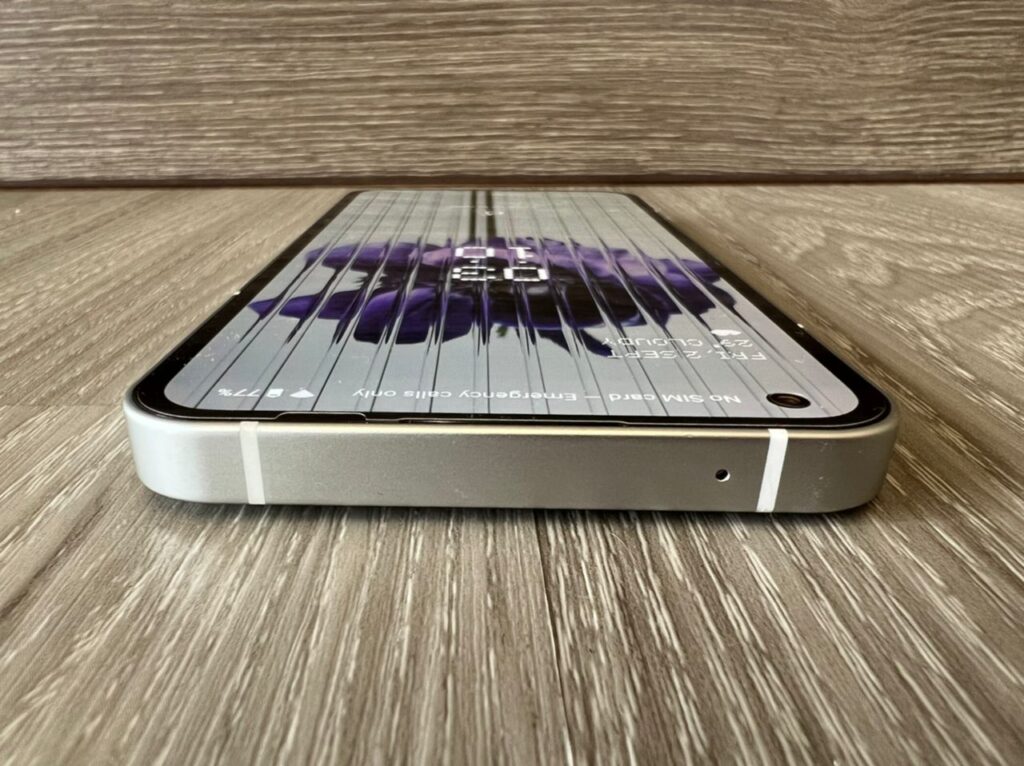
Top: Just one mic here
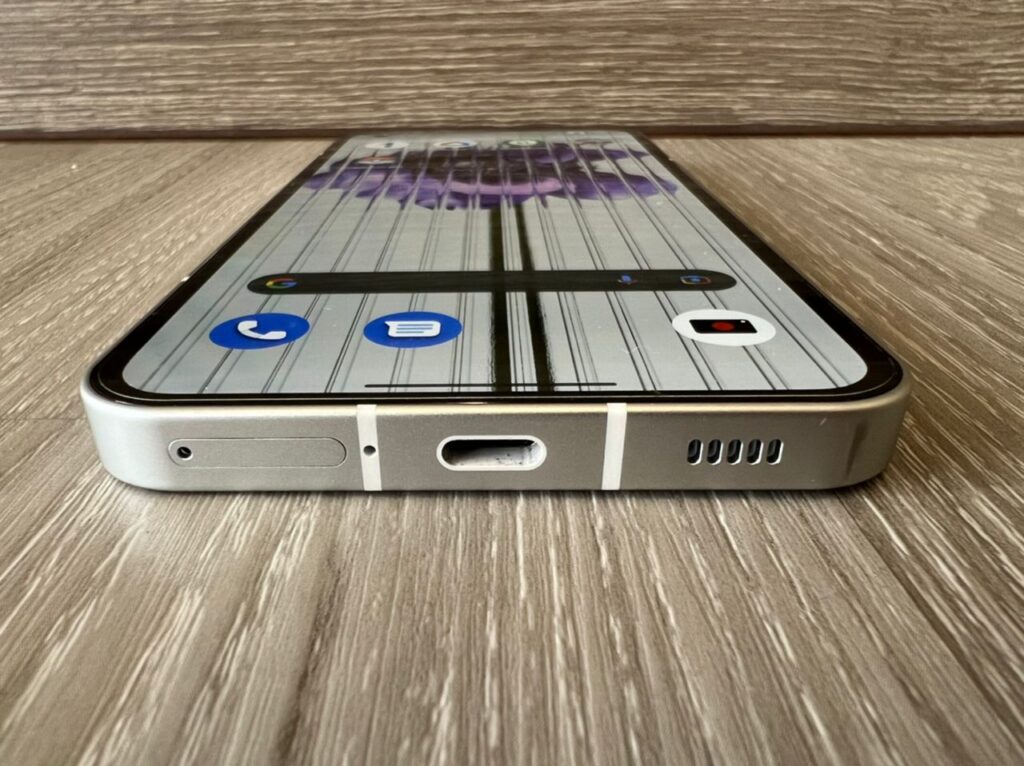
Bottom: SIM tray, mic, USB-C connector, and speaker
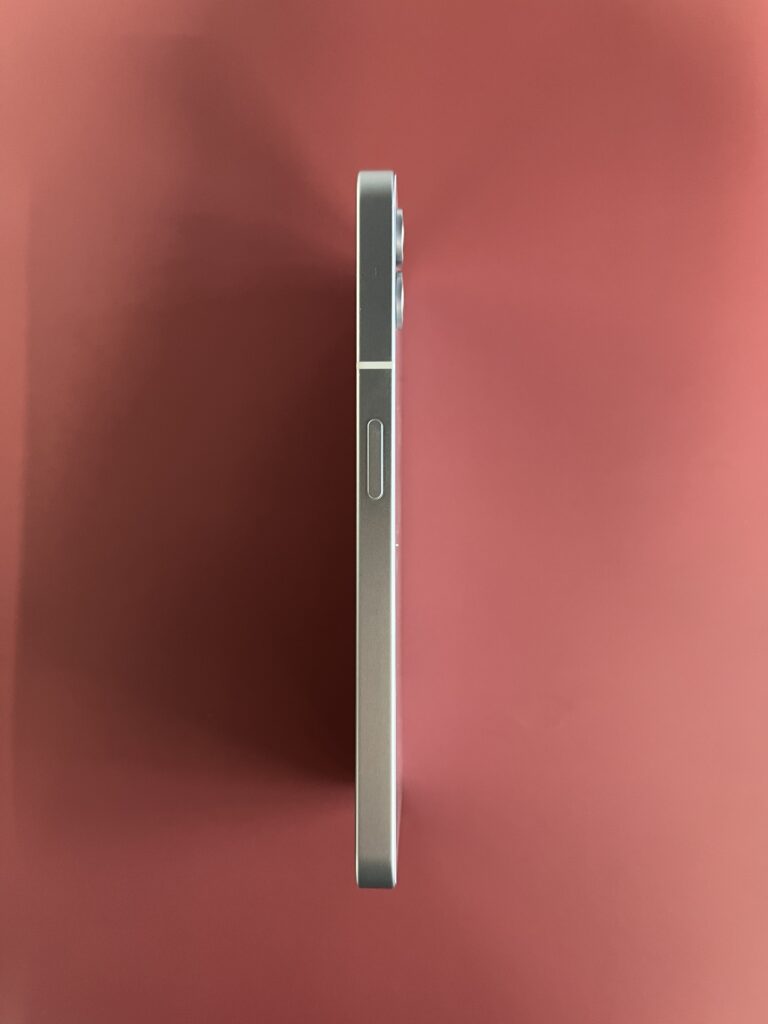
Right: The power button and a fairly noticeable camera bump can be seen
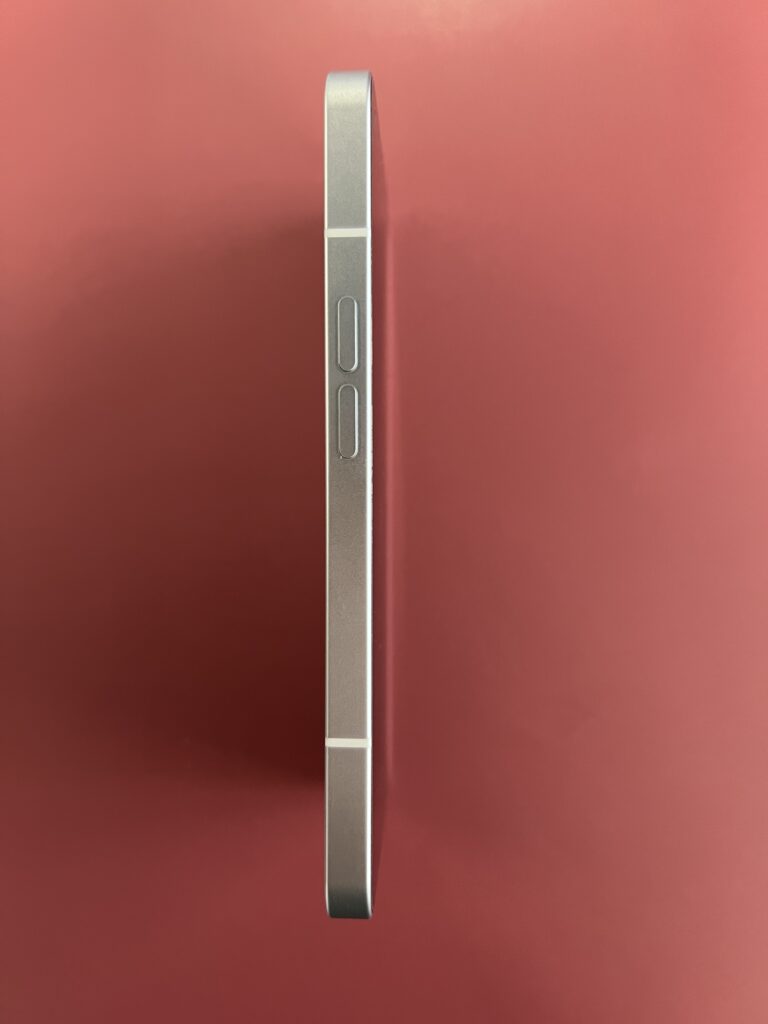
Left: Volume buttons
The Glyph Interface's 5-group lighting system delivers lighting in a C-shaped area, straight lines, diagonal lines, and dot patterns. This system is mainly used as a notification indicator, which will light up when there is an incoming call or notification. Nothing also added 10 sets of ringtones and notification sounds linked with the sound and light of the phone, so you can pick whichever you like. You can even set specific ringtones or lighting effects to different contacts, helping you identify callers without looking at the screen.
In addition, you can use your own ringtones, and the Glyph Interface will automatically generate lighting effects based on the audio of the ringtones. Besides ringtones and notifications, the phone also lights up when it's plugged in for charging. What's cool is how the lighting shows the current battery level. A short light bar means the battery is low, while a full bar means the phone is fully charged.
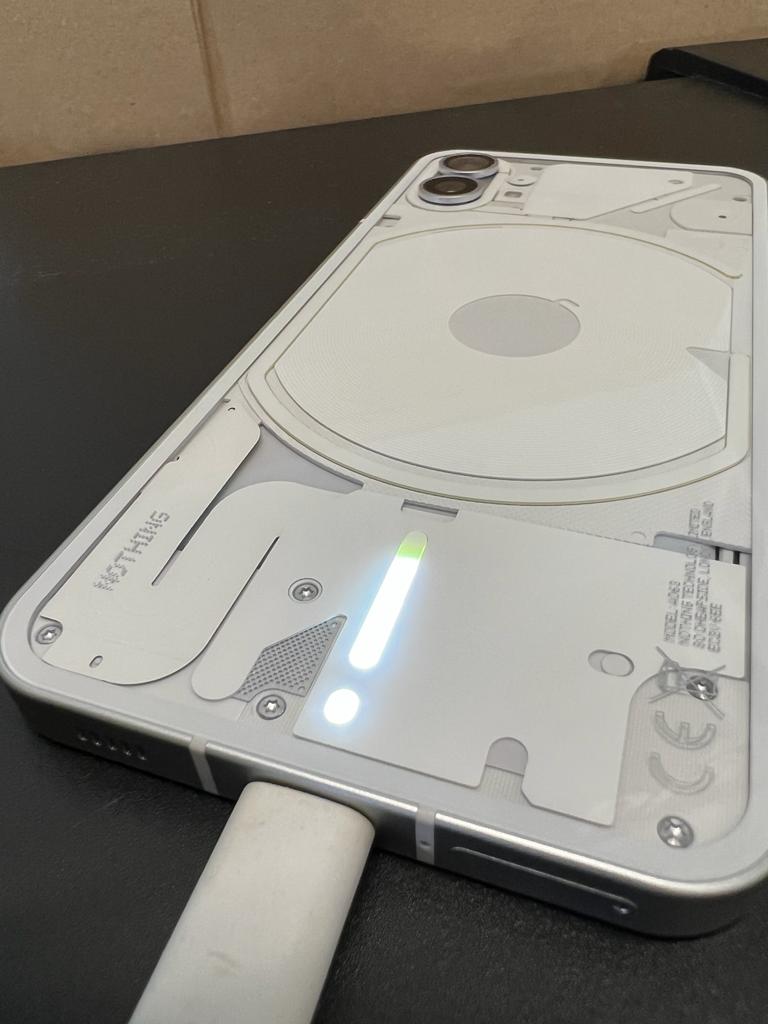
The LEDs light up when the phone is charging
If you use "OK Google" to call up Google Assistant, the bar light will also flash according to the volume of the user's voice. When charging wirelessly or using reverse wireless charging, the ring light around the coil will also light up. Quite techy.
If you don't want to be disturbed by ringtones and notifications, you can enable "Glyph Up Mode", then turn the phone over and place the screen down. The phone will enter silent mode and only send notifications via the Glyph light. It's also not very power-consuming, only consuming about 0.5% of battery for 10 minutes of continuous lighting. Under normal usage, it will hardly affect the battery life but we would recommend getting a screen protector for your phone first.
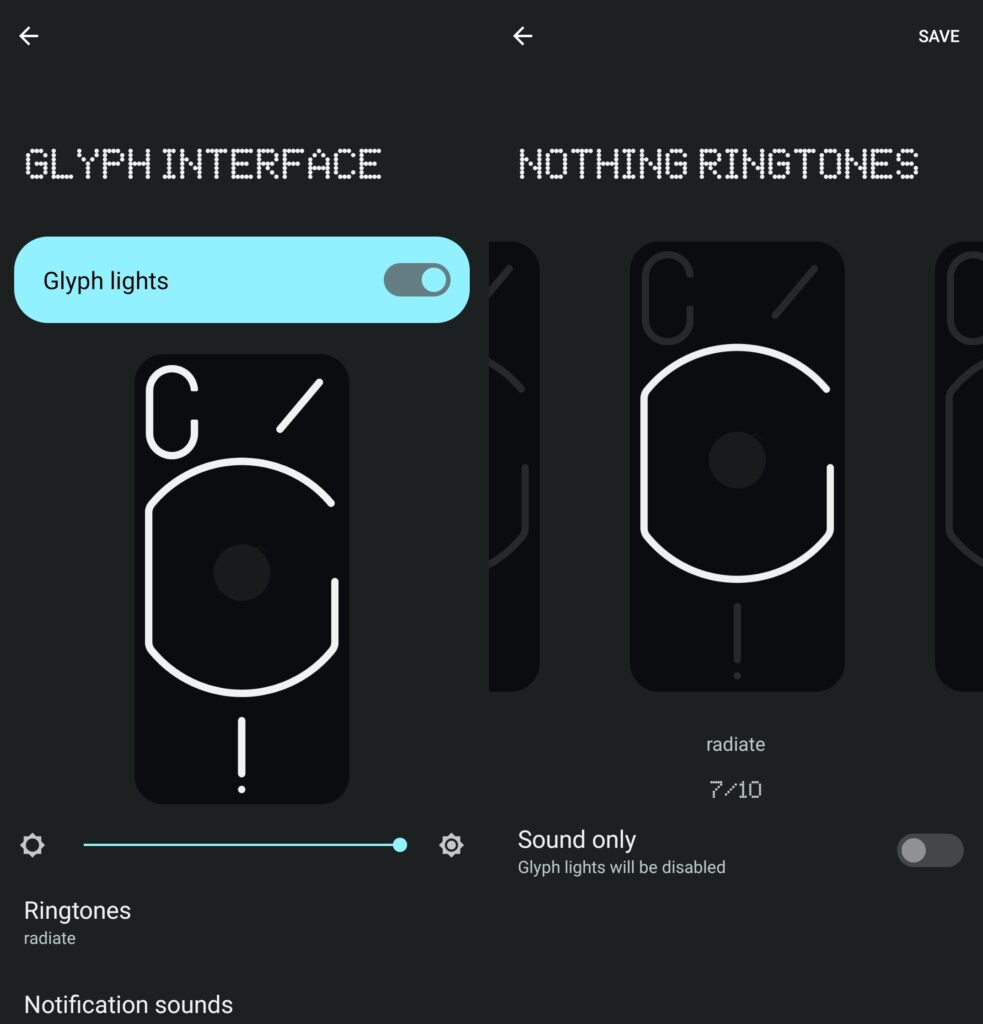
Set different lighting effects to specific ringtones
Tech specs and features - Good enough for daily life
Below are the specifications and features for the Nothing Phone (1).
- Display: 6.55-inch OLED screen, support 120Hz screen high refresh + 240Hz touch sampling rate
- Chipset: Snapdragon 778G+
- RAM: 8/12GB
- Storage: 256GB
- Rear cameras: 50MP main camera (IMX 766) + 50MP ultra-wide-angle lens
- Front camera: 16MP
- Battery: 4500mAh
- Charging: Support 33W wired fast charging, 15W wireless charging and 5W wireless reverse charging
- OS: NothingOS based on Android 12
- Colour: Black, White
The phone is also equipped with a 6.55-inch 2400 x 1080 resolution 120Hz refresh rate OLED screen, accompanied by a 16MP front camera. There's also the dual camera setup at the back, with the 50MP main camera and 50MP ultrawide (114°) camera. The former uses the popular Sony IMX766 image sensor and supports OIS optical image stabilisation.
The Nothing Phone (1) doesn't have anything impressive in terms of hardware specifications though. It's powered by a customised Snapdragon 778G chipset with an Adreno 642L GPU inside. It also has 8GB of RAM and 256GB of internal storage, a setup you'll commonly see with many mid-rangers.
In terms of battery life, the Nothing Phone (1) has a sizable 4500mAh battery. It also supports 33W wired fast charging, 15W wireless charging, and 5W wireless reverse charging. The last feature can be convenient for people with certain compatible accessories (like smartwatches). Of course, you need to enable "Allow battery sharing" in the settings for it to work.
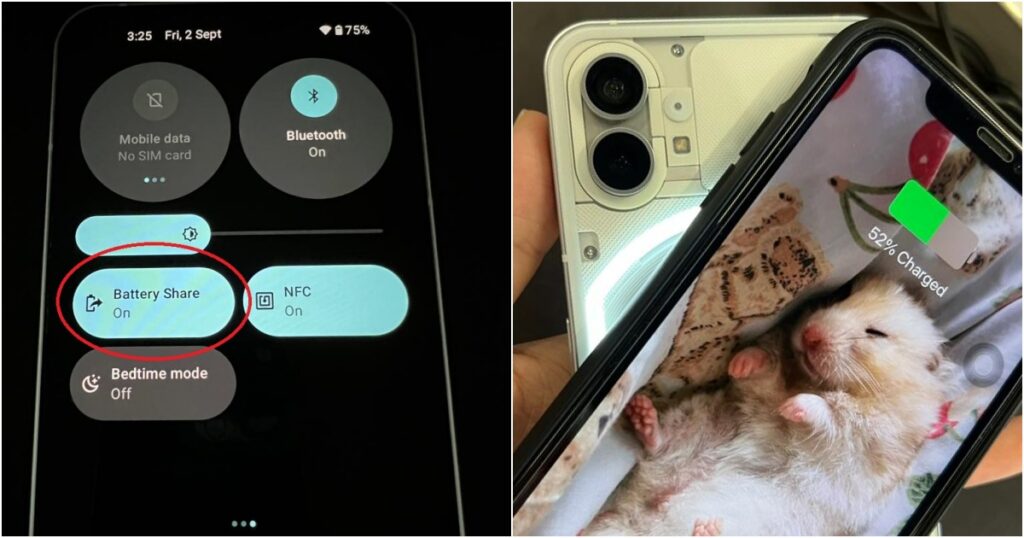
The Glyph will also light up when reverse charging
As a reminder, this phone runs on Android 12. According to Nothing, there's no redundant pre-loaded software. It's essentially a near-stock Android experience. If you find that important, you'll definitely appreciate the Nothing Phone (1) for its unique look and clean UI. Besides that, this phone has some nice transition animation thanks to the 120Hz refresh rate. Honestly, it won't even feel like a mid-range phone if you don't pay attention to the specs sheet.
Performance - Does well enough, but is nothing spectacular (lol)
Overall, the Nothing Phone (1) showed average performance. It scored 591631 points in AnTuTu, which is about what you'd expect for a mid-range smartphone. And in 3DMark's Wild Life Stress Test, the device managed to score 2847 points. Not too bad, but nothing impressive.
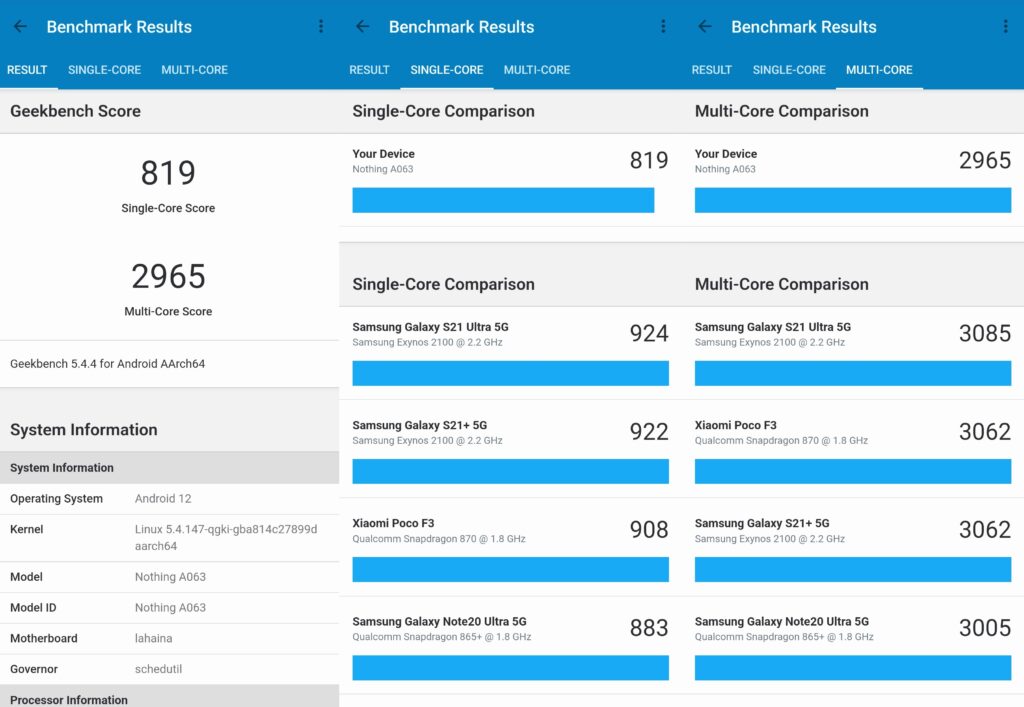
Geekbench score for Nothing Phone (1)
But while using it, we found the Nothing Phone (1) was more than smooth enough for daily activities like browsing social media, watching online videos, and chatting on messaging apps. For multitasking, the phone is fine since we had no issues switching apps. Where it's not so good is the camera, which could sometimes freeze when we're using the 20x zoom.
As for mobile games, you should have no problems running mainstream online games smoothly. We tested it with Mobile Legends, and only experienced a little lag on the highest settings. For that reason we'd recommend to lower the picture quality settings. The phone was quite stable while the game was running, but it became slightly warm after only half an hour.
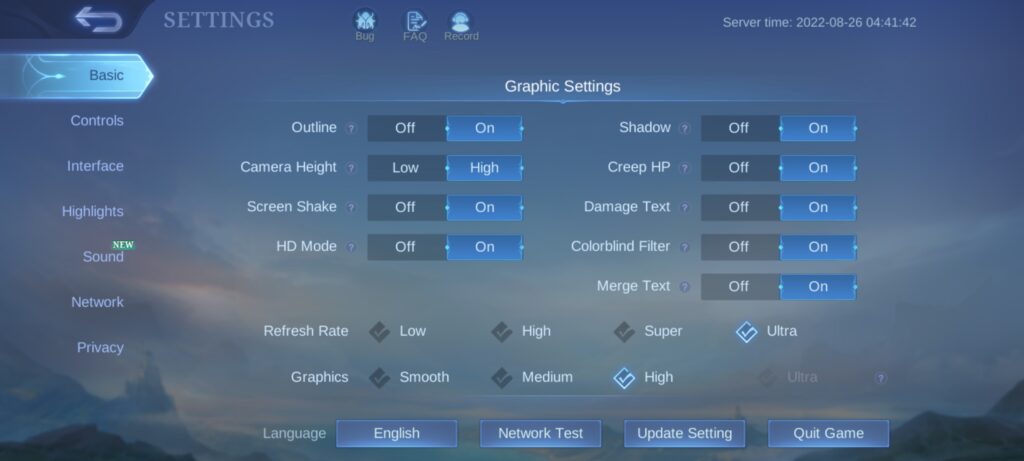
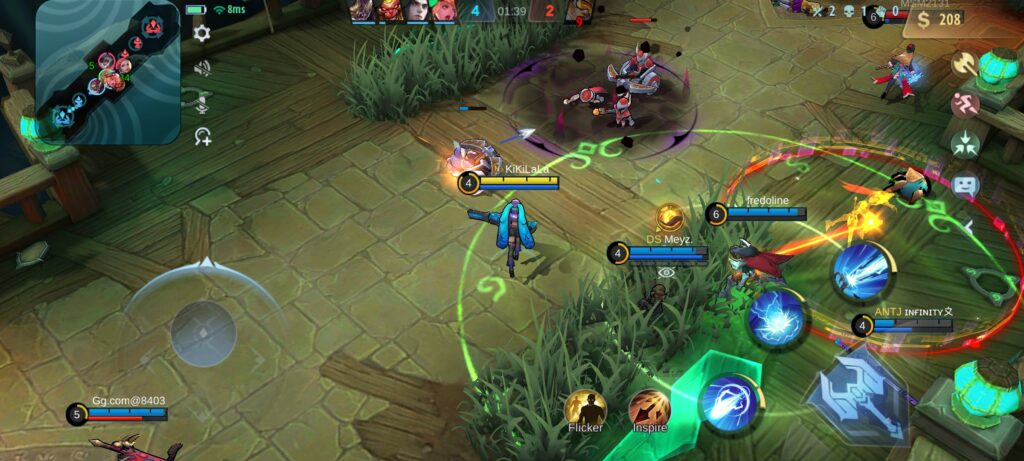
Mobile Legends settings
For sound, the Nothing Phone (1) uses stereo speakers that deliver excellent audio quality. However, you'll need to watch your hands when holding the phone. That's because your fingers might block the vent for the speakers.
This phone's battery life was also quite average. After playing YouTube videos on Wi-Fi at maximum brightness for three hours, the battery fell from 100% to 79%. As you can tell, the battery drains fastest when watching videos (or playing games). If you're not doing either, the Nothing Phone (1) can still last a day before you need to charge it.
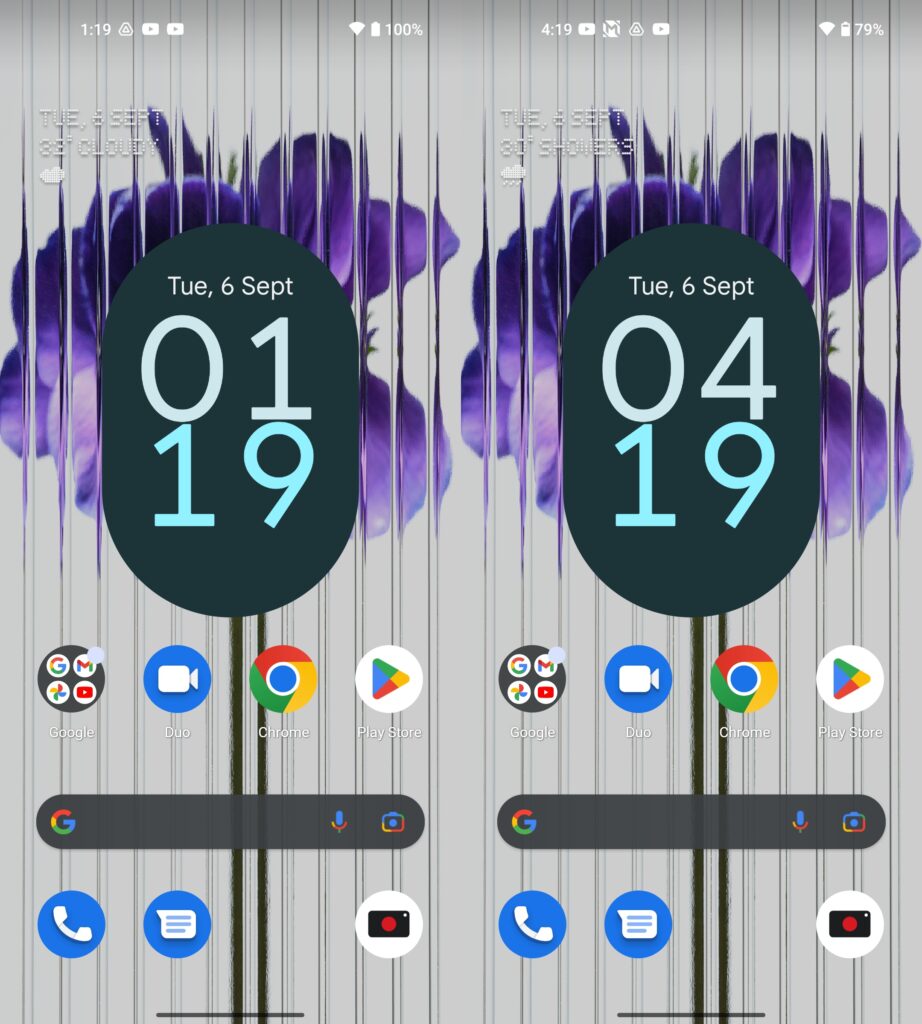
Battery drops 21% after three hours of YouTube video playback
For a mid-range phone, the cameras of the Nothing Phone (1) are actually pretty good. It has a 50MP Sony IMX766 CMOS wide-angle camera with OIS and EIS, paired with a 50MP Samsung JN1 ultrawide camera with EIS. The camera software has basic features like portrait, macro, time-lapse photography, and more. Its list of functions isn't as extensive as some phones you'd see today, but most people don't use those fancy features anyway, so it's not a big deal.
Anyway, these two camera sensors are usually found in flagship smartphones, so they perform well enough. Even in low-light situations, you can still take good photos with the night scene mode. While the aperture level isn't as good as a flagship phone, the OIS and EIS should ensure that most pictures turn out decent.
Having said that, don't expect fancy features from these cameras. Other mid-range smartphones might have cool features like one-click video recording, director mode, and clone filters. But as mentioned, the Nothing Phone ( 1) doesn't have anything that makes it unique in this area.

Normal mode
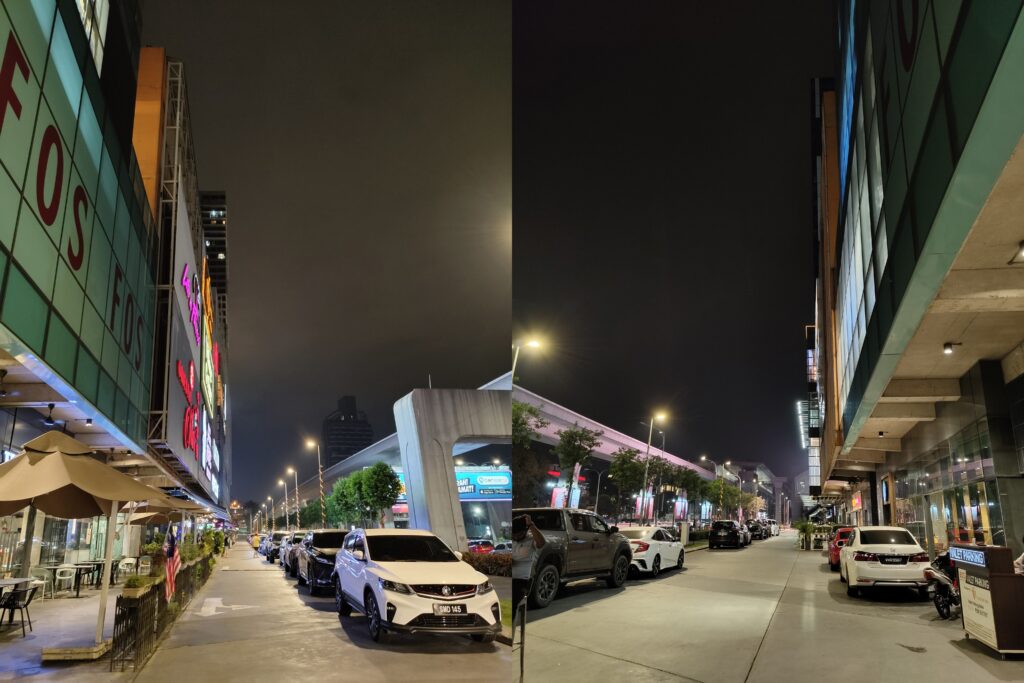
Night mode
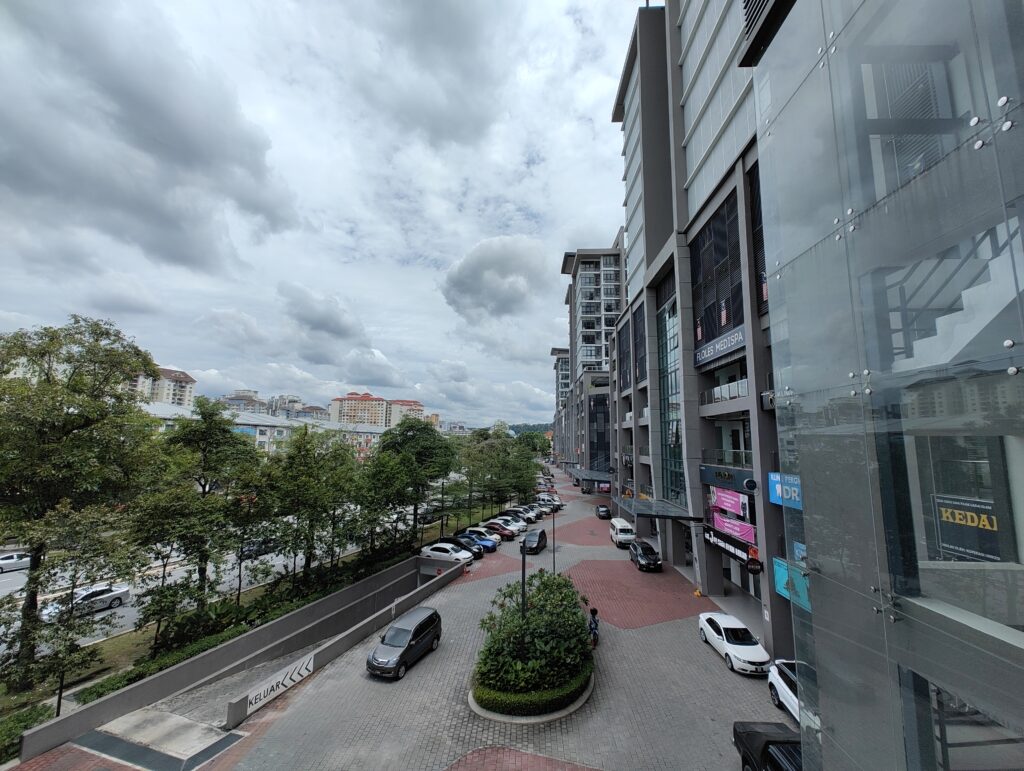
Ultra wide angle

50MP main lens

2x zoom

20x zoom


Macro mode

Front camera selfie (0% beautification)

Front camera selfie (50% beautification)

Front camera selfie (100% beautification)
Conclusion - Okay performance, but delivers lots of style points
For its first foray into smartphones, Nothing delivered a refreshing product with a unique transparent back cover and dazzling Glyph Interface lighting. It aims to beat the ultra-popular iPhone, and we'd say it somewhat succeeds in style alone. At the very least, it garnered a lot of attention and hype.
Although it lacks fancy features and powerful hardware, it's enough for daily use. The display and camera aren't too bad, so that's another win in its book. We also like its near-stock Android UI with virtually no bloatware. It's a practical phone that looks good. Want a smartphone that sticks out in a crowd? This is it.
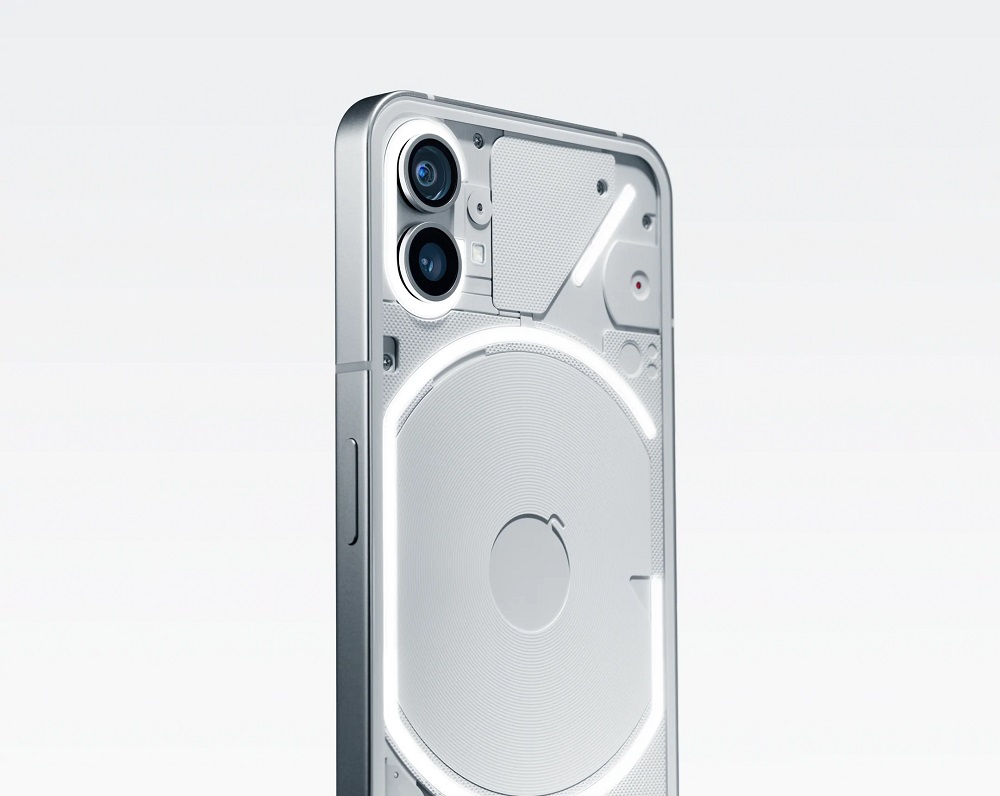
Not gonna lie, that white one is pretty nice
Priced at RM2399, the 8GB+256GB variant of the Nothing Phone (1) is not too bad of a deal. You could also get the 12GB variant for RM2699, but most people won't need the extra RAM in a mid-range phone. Overall, the specs and features are not too bad. But this is if you are in it for the unique design. Otherwise, there are better options out there for that kind of money.
For example, you could go for the ASUS ZenFone 8. It's more expensive at RM2699 and doesn't have as much RAM or storage. But it comes with a more powerful Snapdragon 888 chipset, a near-stock Android experience, and better cameras. Another option is the recently launched Xiaomi 12T Pro (RM2699), which has a 200MP main camera and a Snapdragon 8+ Gen 1 chipset.
But what do you think, is the Nothing Phone (1) worth the money? Share your comments on our Facebook page, and stay tuned to TechNave.com for more reviews like this.




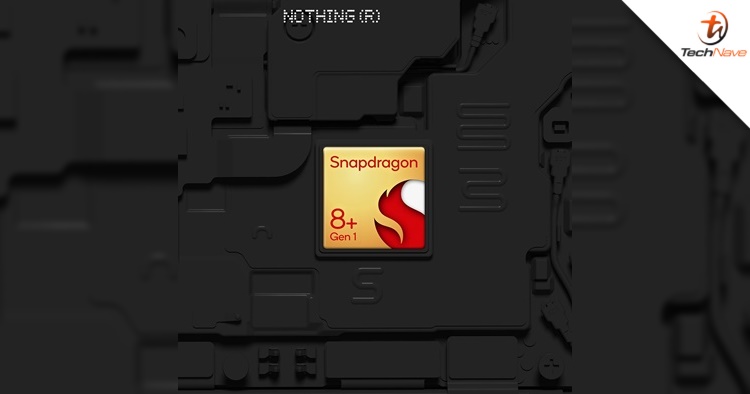
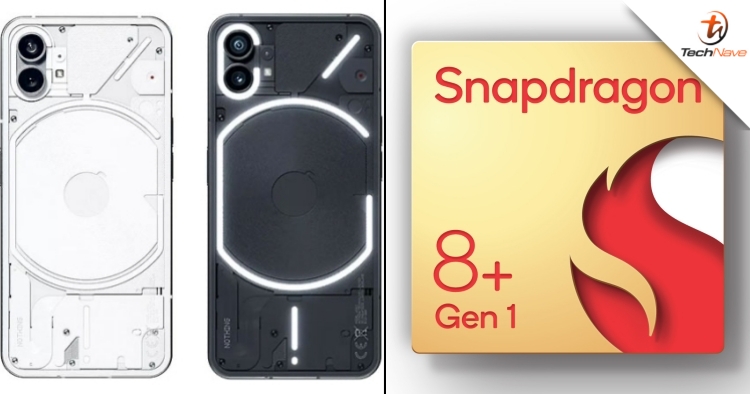

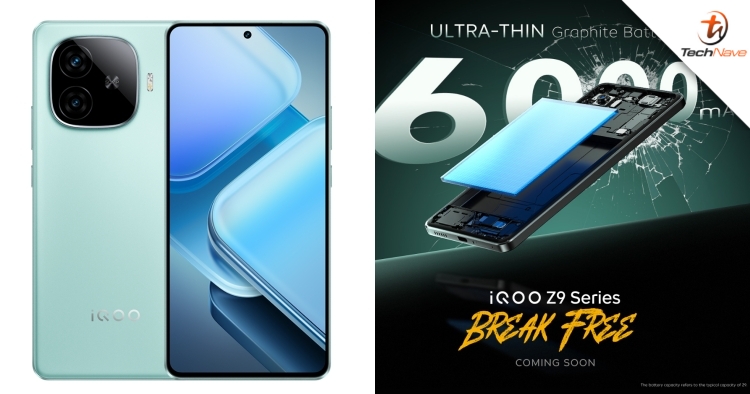
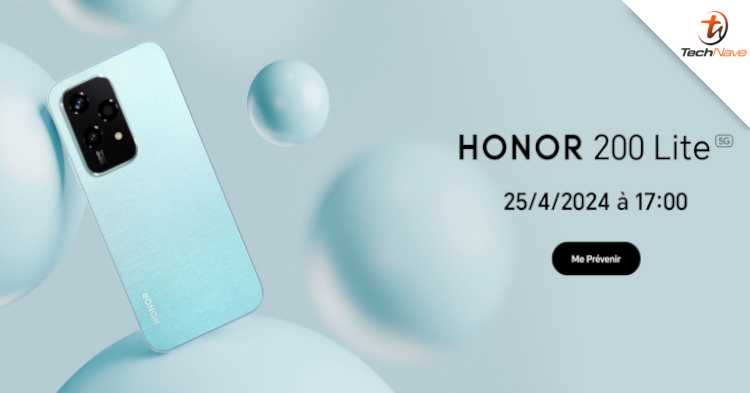
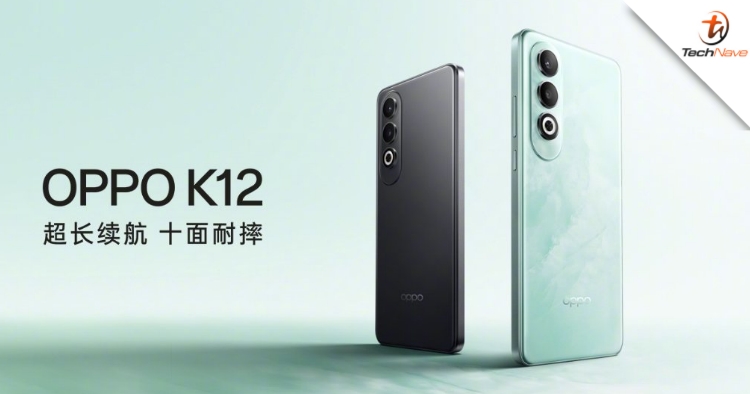



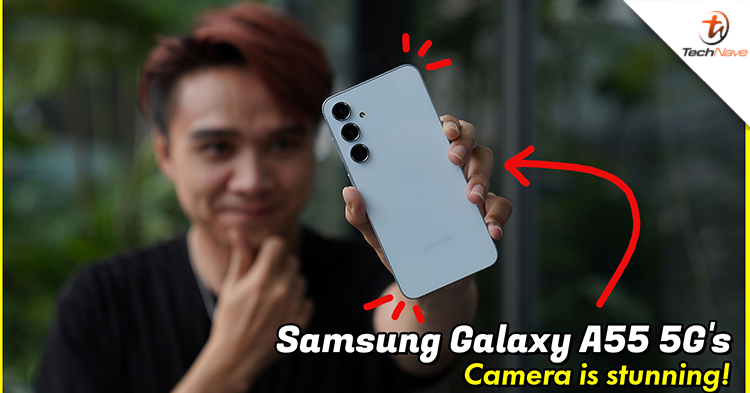


COMMENTS